According to the study in Respirology, the journal of the Asian Pacific Society of Respirology, the increase in asbestos use in Asian countries since 1970 is likely to trigger a surge in asbestos-related disease in the next 20 years. Mesothelioma, a cancer of the lining of the lung, is a signature disease of asbestos. But workers exposed to asbestos typically take 20 to 50 years to experience symptoms of mesothelioma or lung cancer after inhaling microscopic asbestos fibers.
Dr. Ken Takahashi, the lead author and acting director of the World Health Organization Collaborative Center for Occupational Health, said that Asian governments should brace for an “asbestos tsunami” in the years ahead.
Asia’s share of worldwide asbestos use has steadily increased from 14 percent in the decades before 1970 to 64 percent from 2001 to 2007, the study said. Yet, the 12,882 deaths attributed to asbestos-related disease in Asia account for only 13 percent of the overall deaths linked to asbestos during the period.
In Asia, asbestos, a mineral fiber, is still widely used in building materials, roofing, cement and power plants. Many Asian countries that import asbestos have weak or non-existent workplace safety laws, leaving workers exposed to asbestos.
In the United States and Europe, most uses of asbestos have been banned since the late 1970s and workers must wear safety equipment to prevent inhaling asbestos.
The World Health Organization identifies asbestos as a dangerous workplace carcinogen and occupational hazard. It called for a worldwide ban on asbestos. An estimated 107,000 people die from asbestos-related diseases annually including approximately 3,000 in the U.S.















